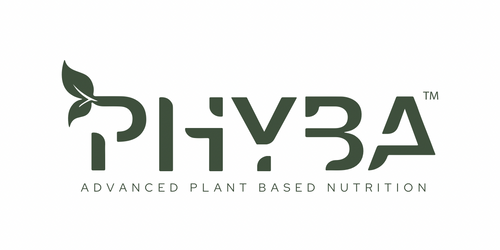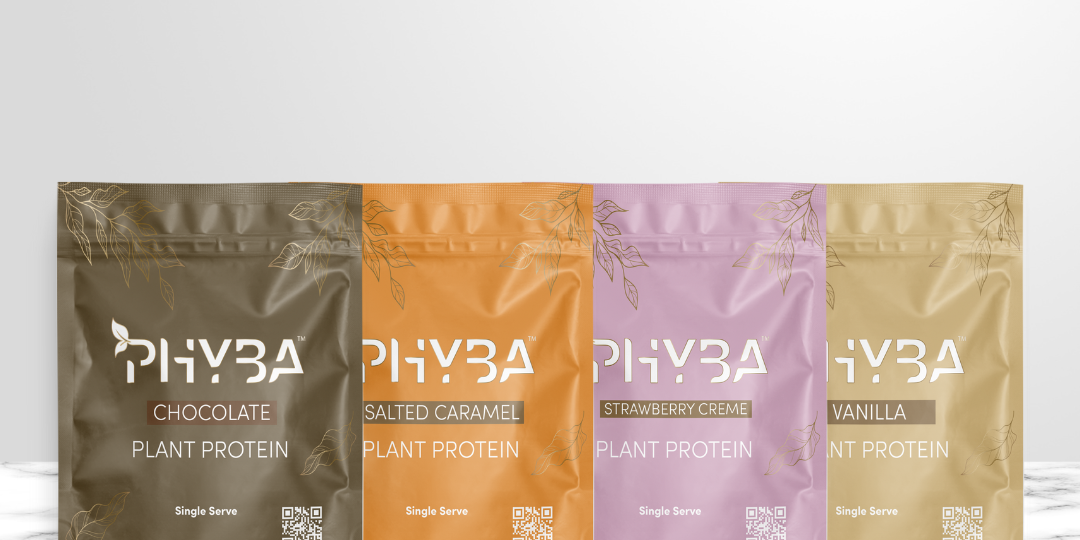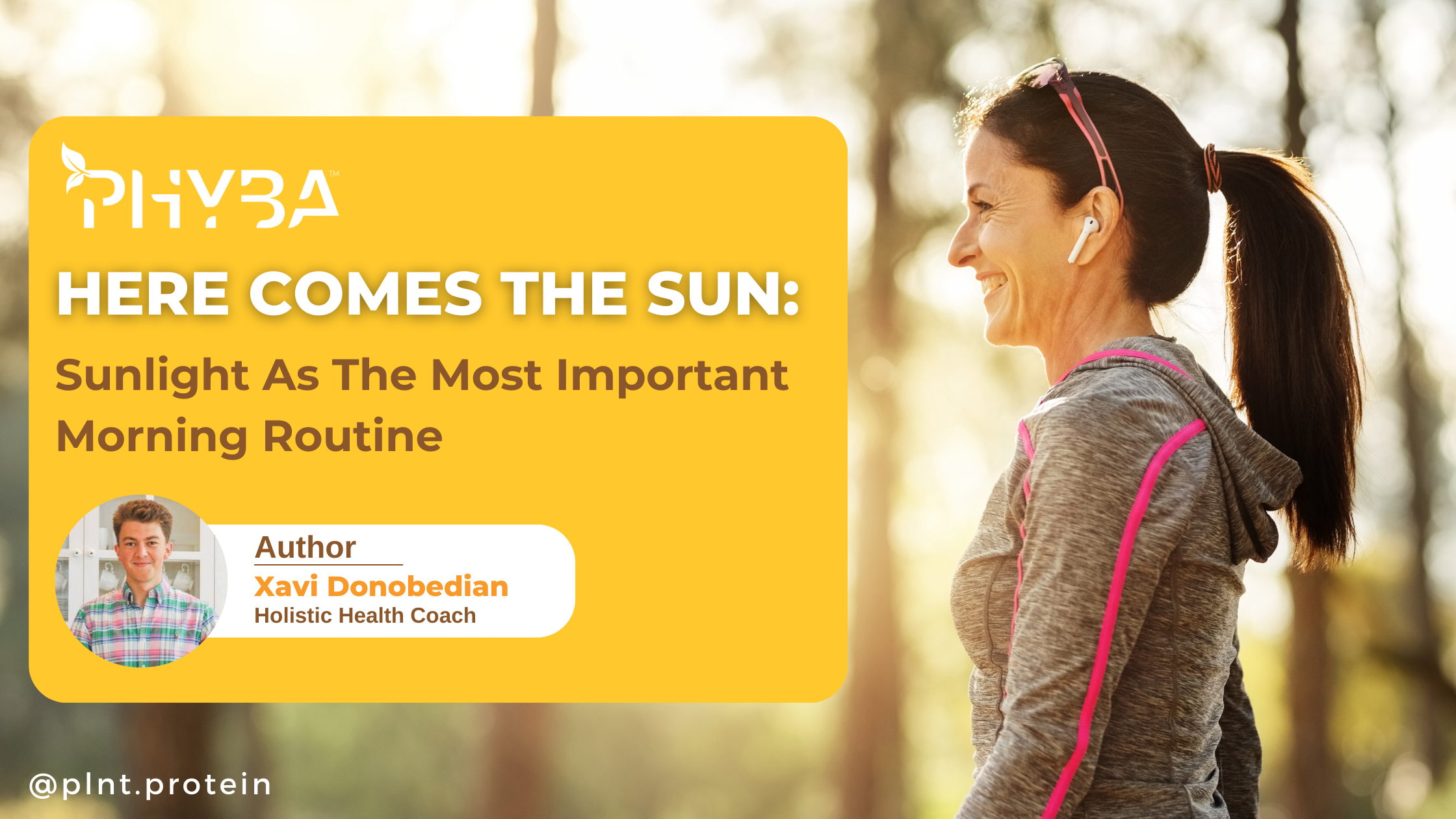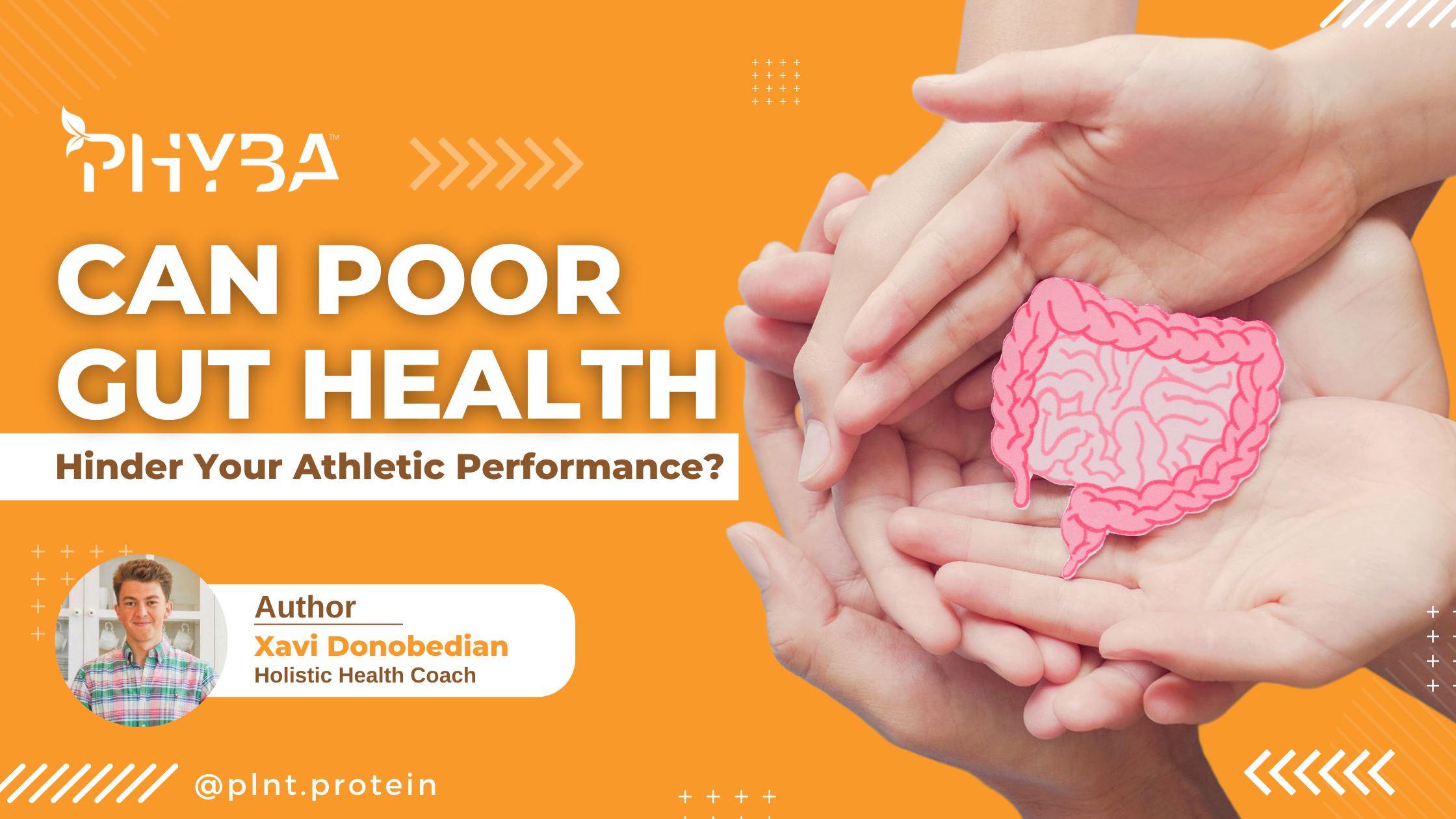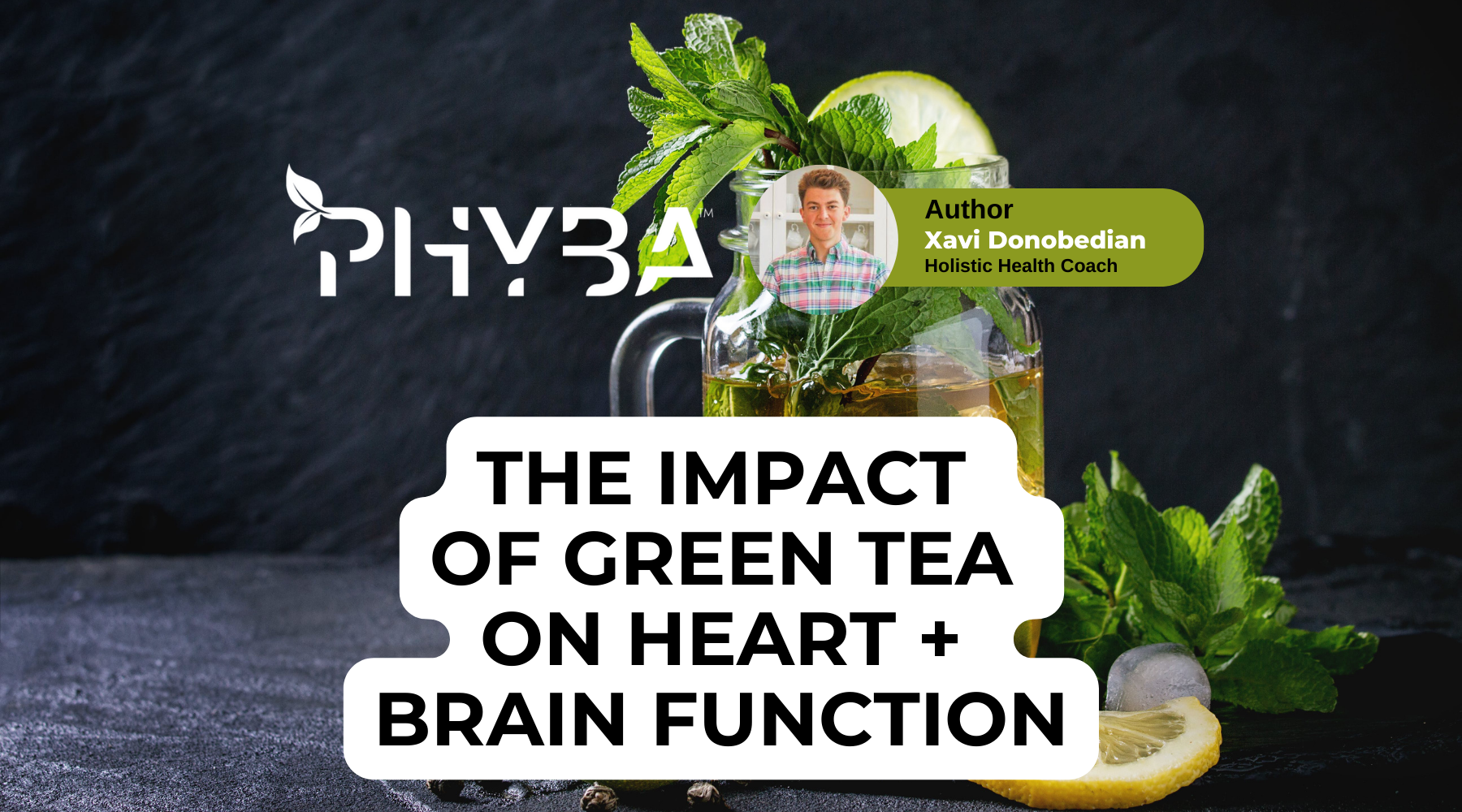Imagine an idyllic morning, coffee in hand, staring at the sunrise over an oceanic horizon. As the light hits your skin, you feel a burst of new, bright energy pumping through your body… as if an internal light switch is turned on. Nothing could be better, right?

Modern research confirms that early morning sunlight exposure may be one of the most impactful habits in which we can engage. After all, from an ancestral perspective, there was no option but to be immersed in our natural environment upon waking.

The word “circadian” comes from the Latin circa , meaning “around” and dies, meaning “a day”. Circadian rhythms refer to any behavioral, physical, or mental changes that follow a 24-hour clock. These natural cycles primarily correspond to light and dark cycles, which include the sleep + wake, body temperature, and hormone secretion cycles.
Sunlight contains many different wavelengths of electromagnetic energy that function as an instruction manual for our biological systems. Sunlight on the skin will help tone the hormonal systems of regulation in the body, like the HPA-axis, that govern the release of key hormones that improve alertness, cognition, and energy levels. For example, UVB light is shown to intricately impact estrogen and testosterone levels, while also stimulating the release of beta-endorphins, which act as a natural opioid.¹
The rate at which these processes take place can be delineated into slow and fast speeds of activation. Very fast speeds of activation can refer to the release of adrenaline following light exposure, via the communication between your eyes and the locus coeruleus portion of the brain stem, whereas a slow rate would refer to circannual rhythms wherein the intrinsically photosensitive ganglion cells communicate to the pineal gland to secrete melatonin based on the changing of the seasons.²

To take advantage of the power of natural light, practice sun exposure as soon as possible after waking for at least 2 to 10 minutes. This creates a “set point” for your internal body clock, making it easier to fall asleep, and stay asleep, at night. In the case of an overcast or cloudy day, aim to spend at least 15 to 20 minutes outside, as the light spectrum present at that time still impacts human physiology favorably.
In conclusion, there may be scientific validity to the idea that the, “early bird gets the worm.” Getting outside immediately upon waking is a powerful method of increasing your productivity, energy, and efficiency throughout the day. The next time you get outside bright and early, take a photo and tag #phybaperformance on Instagram!
-------------------------------------------------------
